Children
Quiz Click, hold and drag the mouse over available choices and associate them with the corresponding avatar. If you choose incorrectly, the boxes will not connect.
Associate the clothes with the right picture
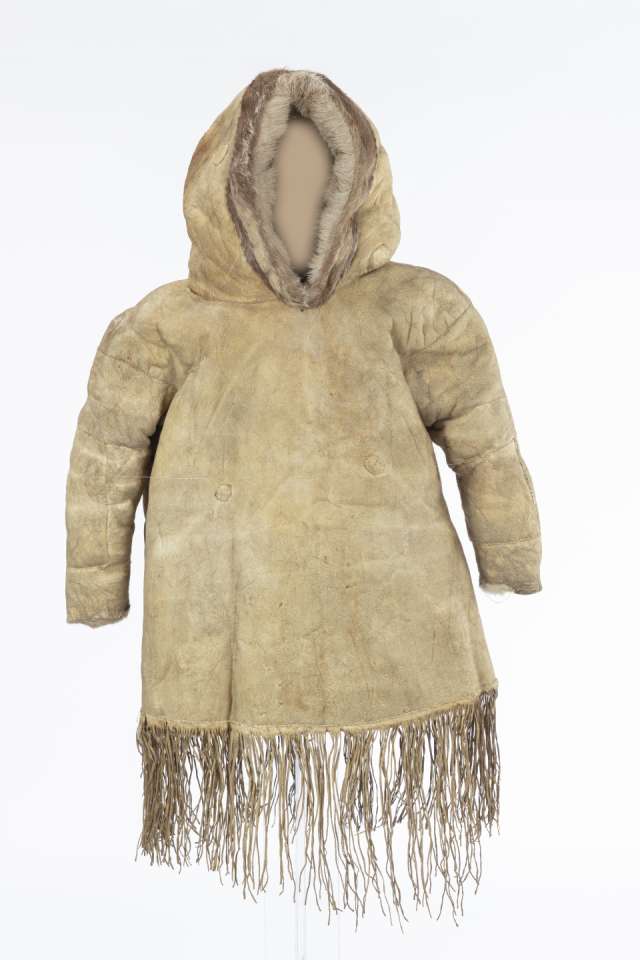
Boy's parka (kaivvasuk atigi). The hood is pointed. This is characteristic of male parkas. Learn more
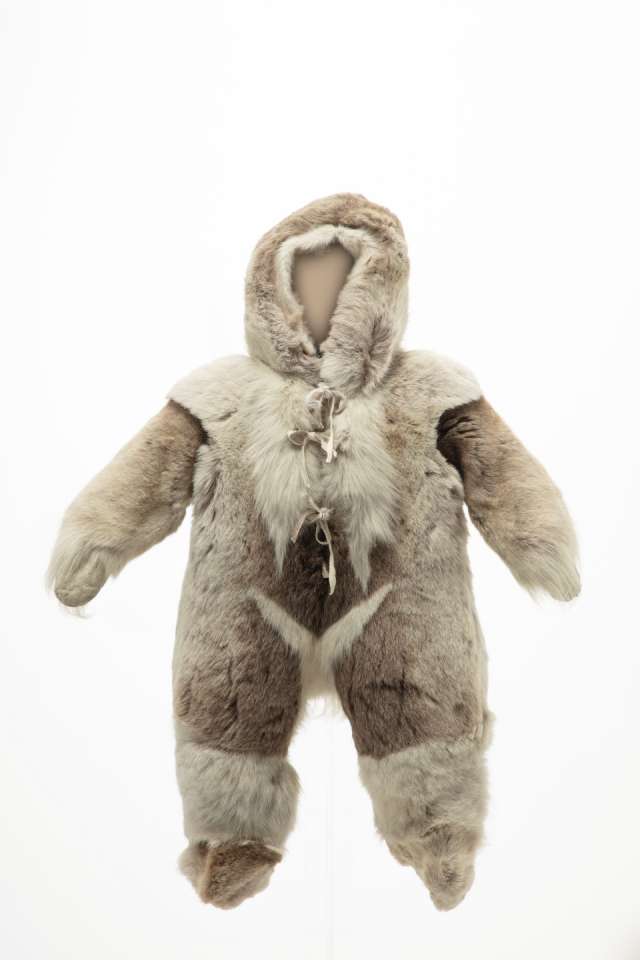
Little boy's jumpsuit (atajuq). For little girls, the models of jumpsuits instead had white vertical strips and a tiny flap behind. Learn more

Boy's pants (silapaaq nutaraqsiut). The dark fur and the white fur strip on the pant-leg hem were typical of male pants. Learn more
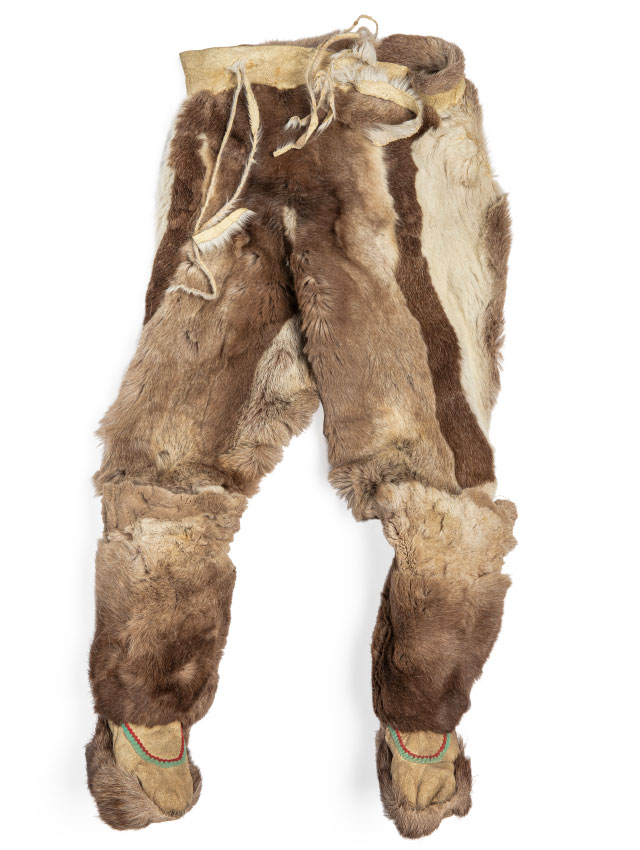
Girl's pants (silapaaq nutaraqsiut) with boots (kamiik). The vertical brown and white stripes were characteristic of female pants. Learn more
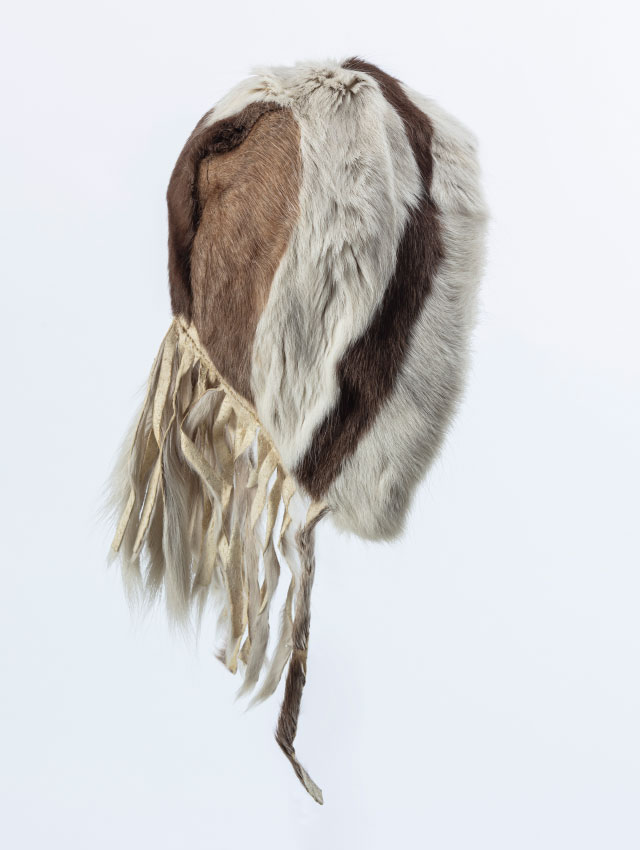
Girl's hood (nasaq). The adjacent white and black fur strips were characteristic of female clothing. Hoods for little boys were less decorated and the fringes shorter. Learn more
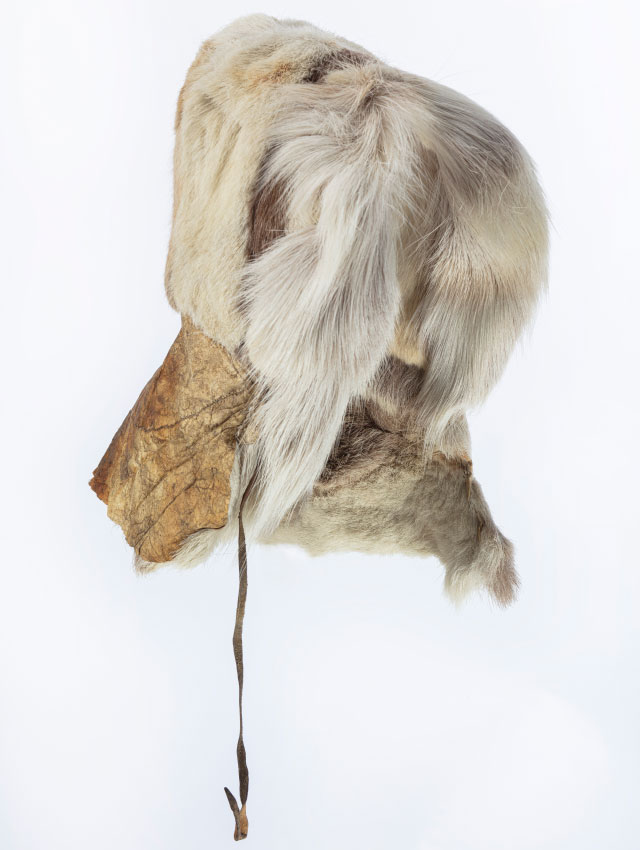
Girl's hood (nasaq). The adjacent white and black fur strips were characteristic of female clothing. Hoods for little boys were less decorated and had short fringes. Learn more
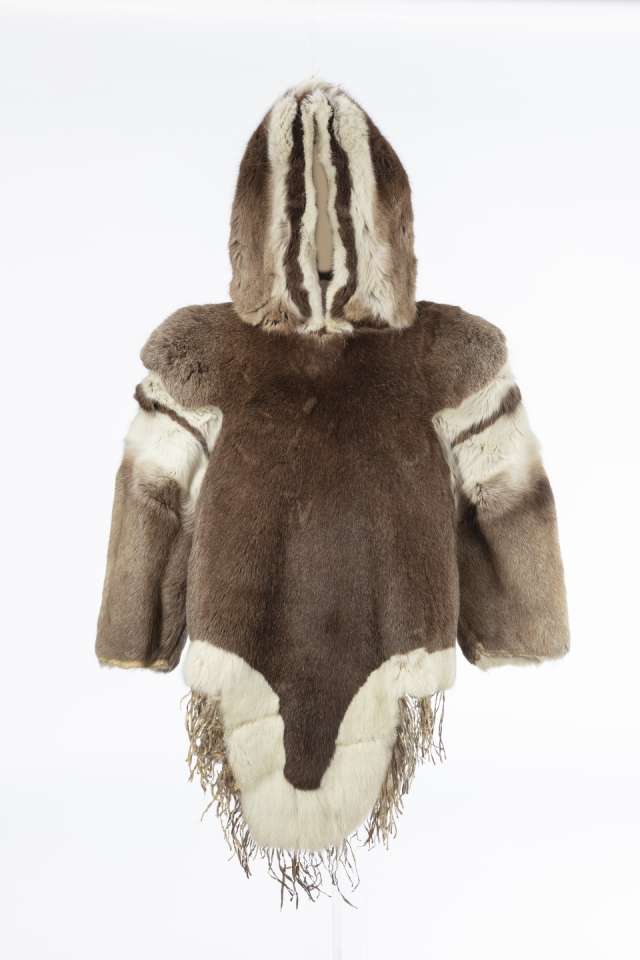
Girl's coat (qulittaq kakaganngualik). The light and dark fur strips on the shoulders, and the distinct shape of the front and back flaps, were characteristic of female coats. Learn more
Dress a girl who has to go on a winter hunting trip

Boy's parka (kaivvasuk atigi). Learn more

Little boy's jumpsuit (atajuq). Learn more

Boy's pants (silapaaq nutaraqsiut). Learn more

Girl's pants (silapaaq nutaraqsiut) with boots (kamiik). In winter, in addition to her fur coat, a girl would wear this type of fur clothing whose vertical brown and white stripes were characteristic of female pants. Learn more

Girl's hood (nasaq). Learn more

Girl's hood (nasaq). Learn more

Girl's coat (qulittaq kakaganngualik). The distinct shape of the front and back flaps, and the light and dark fur strips on the shoulders, were characteristic of female coats. Underneath this winter outer parka, girls would wear an atigi, a parka that was similarly styled but worn with the leather on the outside and the fur against the skin. Learn more
Dress a boy who has to go on a winter hunting trip

Boy's parka (kaivvasuk atigi). Learn more

Little boy's jumpsuit (atajuq). Learn more

For long winter trips, young children could also wear a similar jumpsuit underneath, with the fur on the inside and the subcutaneous fat on the outside, to keep warm. Learn more

Boy's pants (silapaaq nutaraqsiut). Learn more

Girl's pants (silapaaq nutaraqsiut) with boots (kamiik). Learn more

Girl's hood (nasaq). Learn more

Girl's coat (qulittaq kakaganngualik). Learn more
Women
Quiz Click, hold and drag the mouse over available choices and associate them with the corresponding avatar. If you choose incorrectly, the boxes will not connect.
Identify the items of clothing from the youngest life stage to the oldest
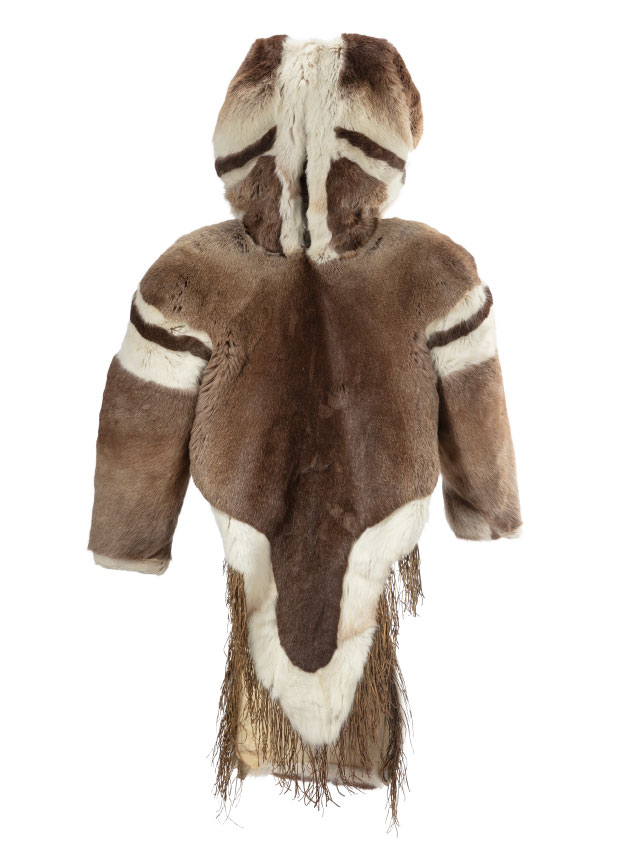
Girl's coat (qulittaq kakaganngualik). Neither the hood nor the back pouch is large. The girl who wore this coat was far from the age of marrying and having children. Learn more

Young woman's coat. This coat was worn by a teenager who was neither married nor a mother, since the back pouch was too small for a child. On the other hand, the hood is ample enough, indicating that the young woman who wore this coat was approaching the life stages of marriage and motherhood. Learn more
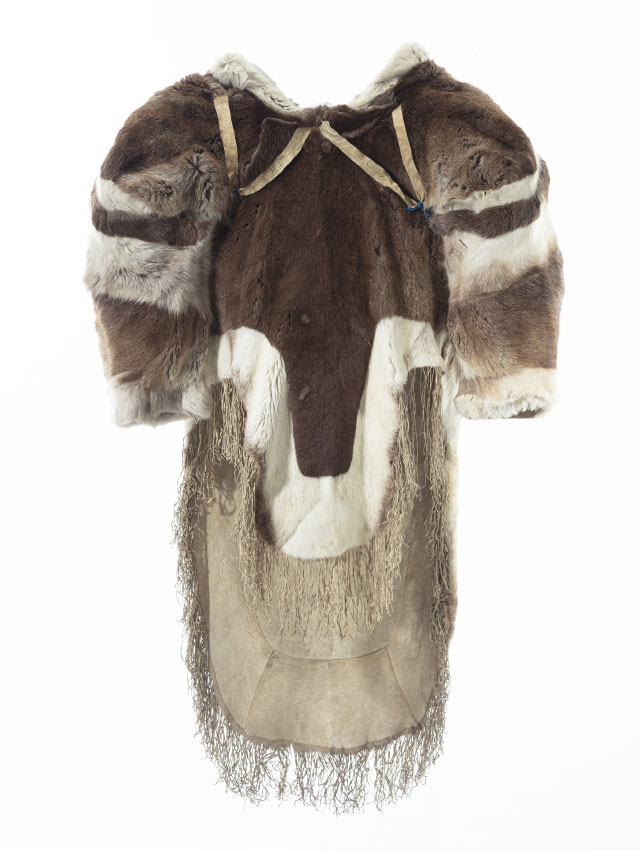
Woman's coat or amauti (qulittaq aanngaarnisaq or qulittaq tui). Women who wore this coat were married and mothers. The hood is ample and the back pouch is large enough to carry a baby and keep it warm. The broad shoulders allowed the mother to move her child from her back pouch to her front for breastfeeding without exposing the child. Learn more
Men
QuizCommunity life
Quiz Click, hold and drag the mouse over available choices and associate them with the corresponding avatar. If you choose incorrectly, the boxes will not connect.
An avatar wishes to drill through the lake ice in autumn. Which tool should he use?
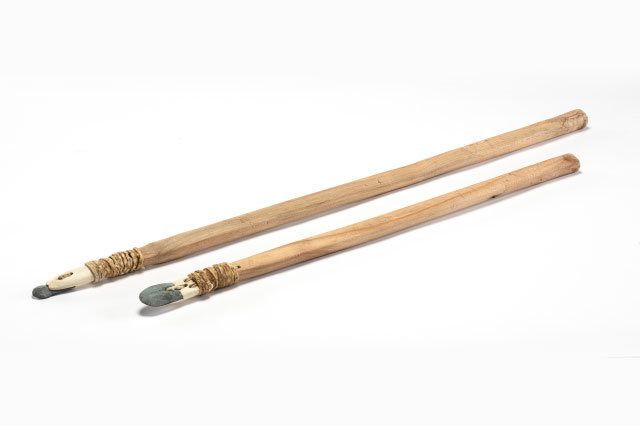
Ice chisels (tuuq). In autumn, when the lake ice is still thin, these tools were used to pierce the surface, to collect water, or to fish. Learn more
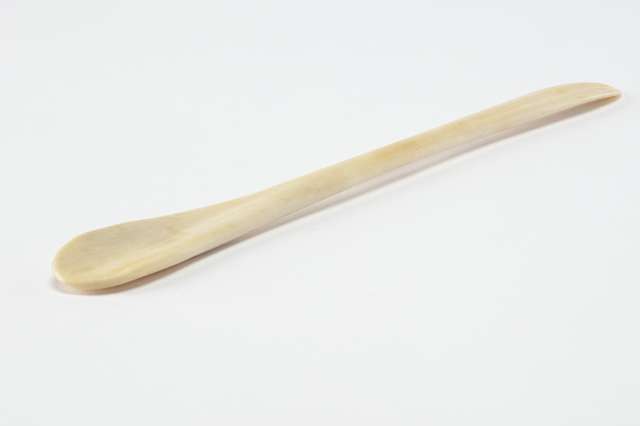
Marrow spoon (paqquti). Learn more

Bow drill set. Learn more
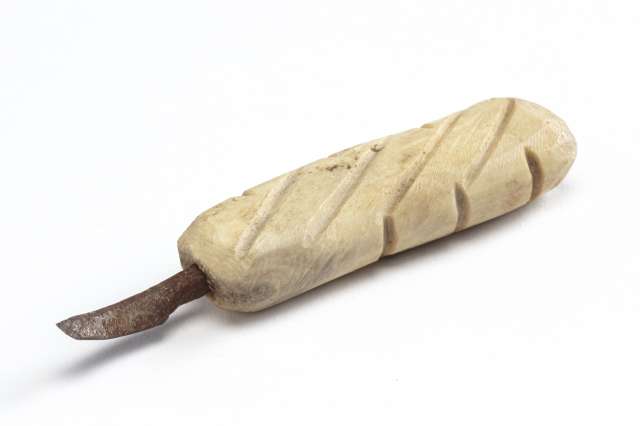
Carving tool (saviruaq). Learn more
An avatar wishes to scoop out and eat marrow from a bone. Which tool should he use?

Ice chisel (tuuq) Learn more

Marrow spoon (paqquti). The broad end was used for fatty, spongy marrows, and the thin, narrow end for drier marrows, in order to reach in and scrape out every nook and cranny inside the bone. Learn more

Bow drill set. Learn more

Carving tool (saviruaq). Learn more
An avatar wishes to make a hole in a piece of caribou antler. Which tool should he use?

Ice chisels (tuuq) Learn more

Marrow spoon (paqquti) Learn more

Bow drill set. This tool was used to drill into solid materials, like wood, leather, bones, whalebone, and soapstone. Learn more

Carving tool (saviruaq). Learn more
An avatar wishes to engrave details on his carving. Which tool should he use?

Ice chisels (tuuq) Learn more

Marrow spoon (paqquti) Learn more

Bow drill set. Learn more

Carving tool (saviruaq). This tool was used to carve small pieces, cut grooves, or engrave details on various solid materials, like wood, ivory, bone, antler, or soapstone. Learn more
